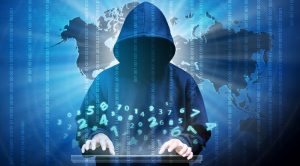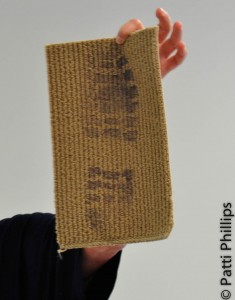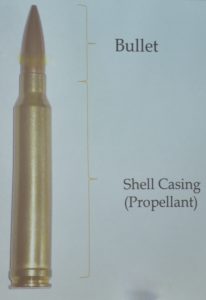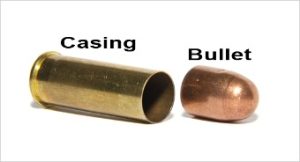KN, p. 334 “What Does the Secret Service Do?
The United States has a federal agency called the Secret Service, tasked with the job of protecting the sitting President and Vice-President (and their families) along with other government leaders, past Presidents, and major Presidential and Vice-Presidential candidates. If there are visiting Heads-of-State, it falls to the Secret Service to provide security for them while in the USA.
Vice-Presidents, their spouses and children, are protected for an additional six months after leaving office, unless the sitting President feels they need additional protection by the Secret Service. Children of former Presidents have a Secret Service detail until they reach the age of 16.
One aspect of the protection part of the job is to provide security for various federal buildings in our nation’s capital, Washington, D.C., as well as the officials in them. The vice-president’s residence as well as embassies fall into that category.
Now under the umbrella of Homeland Security, the Secret Service was created in 1865 within the Treasury Department to investigate counterfeiting and other financial crimes. Today, the investigations might include work to combat credit card and bank fraud, stop identity theft, and defeat computer fraud.
Cybercrime is a major focus for several federal agencies and with the Secret Service mission mandate of “protecting the integrity of our U.S. currency” and “safeguard America’s financial infrastructure,” agents can specialize in several areas. Some might do deep dives into computer investigations, find and create code in order to further those investigations, while others use that information to interview witnesses in person and gather physical evidence.
Among other activities, Secret Service agents carry firearms, have arrest powers, and can pay rewards for information germane to an investigation. It’s important to note that interfering with a Secret Service investigation can lead to hefty fines and time in jail.
It’s up to Homeland Security to organize protection for national events where government leaders will be present, and generally the Secret Service will be the agency in charge of the planning and execution of those procedures.
Training to become a Secret Service agent starts with eleven weeks at the Federal Law Enforcement Training Center, where other Law Enforcement Officers also train. They study basic police skills, the law, undergo firearms and defensive training, and learn how to craft clear and concise reports.
When that training is complete, the agents move on to a Secret-Service-only training facility, where they spend four months honing their skills. This is where they will study counterfeit money detection, and investigate the methods used in credit card fraud by ‘bad actors’ in the world. There will be classes in self-preservation and special driving techniques to be used in possible high speed chases or Presidential protection details.
Training never stops. Periodically, experts in any given field applicable to the Secret Service work will conduct intensive instruction, either to update or reinforce what was taught in the past.
Recognized as a source of state-of-the-art forensic assistance for their own cases as well as those of other law enforcement agencies, the Secret Service Forensic Sciences Lab helps with document and fingerprint analysis, targeting cybercrime and financial incidents. Polygraphs, securities fraud, DNA analysis, forensic photography, forensic accounting – all might be areas of interest for the Lab. And it’s not just big business, or the country’s leaders that capture the Secret Service time and energy. They also delve into crimes against missing or exploited children, lending forensic assistance and actual investigative support when needed.
“The Secret Service employs approximately 3,600 special agents, 1,600 Uniformed Division officers, and more than 2,000 other specialized administrative, professional and technical support staff.” *
Special agents protect top U.S. and visiting foreign officials, and investigate financial crimes.
The Uniformed Division officers guard facilities in which the Secret Service protected persons reside or work.
The Technical Law Enforcement group lends support to the special agents as well as the Uniformed Division officers.
The Civil Service Professionals support the overall protective and investigative missions.
Is there an area that interests you? *
*Data and categories from secretservice.gov
Up next: Qualifications needed to become part of the Secret Service.
Stay tuned.
KN, p. 334 “What Does the Secret Service Do? Read More »






